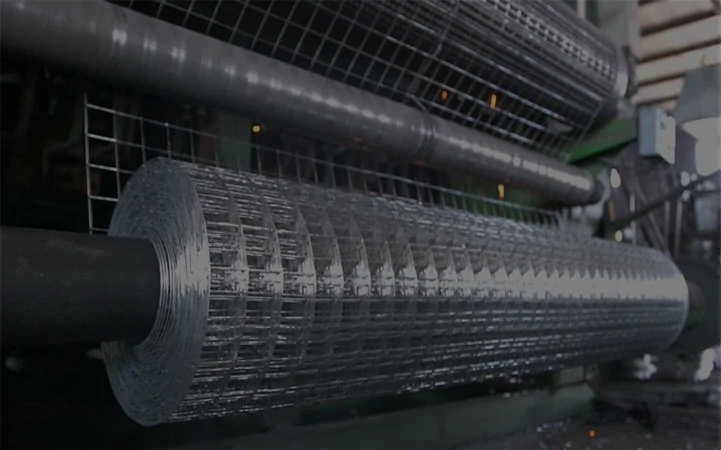High-Quality Binding Wire for All Your Needs
Understanding Binding Wire Its Uses and Applications
Binding wire, often referred to as tying wire or binding twine, is a versatile and essential material in various industries, including agriculture, construction, and crafting. This type of wire is primarily used for holding items together securely, providing reliable support while maintaining flexibility for various applications.
Composition and Characteristics
Binding wire typically consists of mild steel, although it may also be made from other materials such as aluminum or galvanized steel to enhance durability and resistance to the elements. The wire is characterized by its pliability, which allows for easy manipulation and twisting, making it ideal for binding objects of different shapes and sizes.
One of the most common features of binding wire is its gauge, which refers to the thickness of the wire. The gauge can vary significantly depending on the intended use. For example, lighter gauges are often used in horticulture for tying plants and securing light structures, while heavier gauges are employed in construction to bind rebar and hold materials in place.
Applications of Binding Wire
1. Agriculture In agricultural settings, binding wire is extensively used to support young plants, keeping them upright and promoting healthy growth. It is also used for bundling hay, creating a stable structure that can be easily stored or transported.
binding wire

2. Construction In the construction industry, binding wire plays a crucial role in reinforcing concrete structures. It is used to tie steel reinforcing bars (rebar) into place, ensuring that the concrete holds its shape and provides the necessary strength when cured. The ease with which binding wire can be manipulated makes it a favorite among builders and contractors.
3. Crafting and DIY Projects Binding wire has found popularity in the crafting community for its versatility. Crafters use it for a variety of purposes, such as creating floral arrangements, constructing wire sculptures, and even in jewelry making. The ability to twist and bend the wire allows for intricate designs and stable structures.
4. Packaging and Shipping Binding wire is often utilized in packaging to secure items together for shipping. It can efficiently hold boxes or bundles, preventing them from falling apart during transit. In this capacity, the wire provides a cost-effective solution that minimizes the risk of damage.
Advantages of Binding Wire
The advantages of binding wire are numerous. Its strength-to-weight ratio allows for effective binding without adding significant weight to the materials. Additionally, binding wire is resistant to corrosion when made from galvanized steel, ensuring longevity even in harsh environments. Its affordability makes it an attractive option for businesses and DIY enthusiasts alike.
Conclusion
In conclusion, binding wire is a fundamental tool that transcends various industries and applications. Whether used in agriculture to support plant growth, in construction for reinforcing structures, or in crafting for creating unique art pieces, its versatility and strength make it an indispensable resource. As industries evolve and new applications for binding wire emerge, its importance is likely to endure, solidifying its status as a key material in everyday tasks and professional endeavors alike. Understanding its properties and uses can help individuals and businesses maximize its potential in both simple and complex projects.
-
Space-Saving Chain Fence Hacks Vertical Gardening with Cyclone MeshNewsJul.16,2025
-
Innovations in Iron Nail Wire Production for Modern ConstructionNewsJul.16,2025
-
Creative Uses of Wire Netting Fence in Modern Landscape DesignNewsJul.16,2025
-
Barbed Wire Fence Innovations in Anti-Climb TechnologyNewsJul.16,2025
-
Architectural Uses of Umbrella Nails for Aesthetic Roof DesignsNewsJul.16,2025
-
Architectural Uses of Razor Barbed Wire in Secure Urban DesignNewsJul.16,2025




